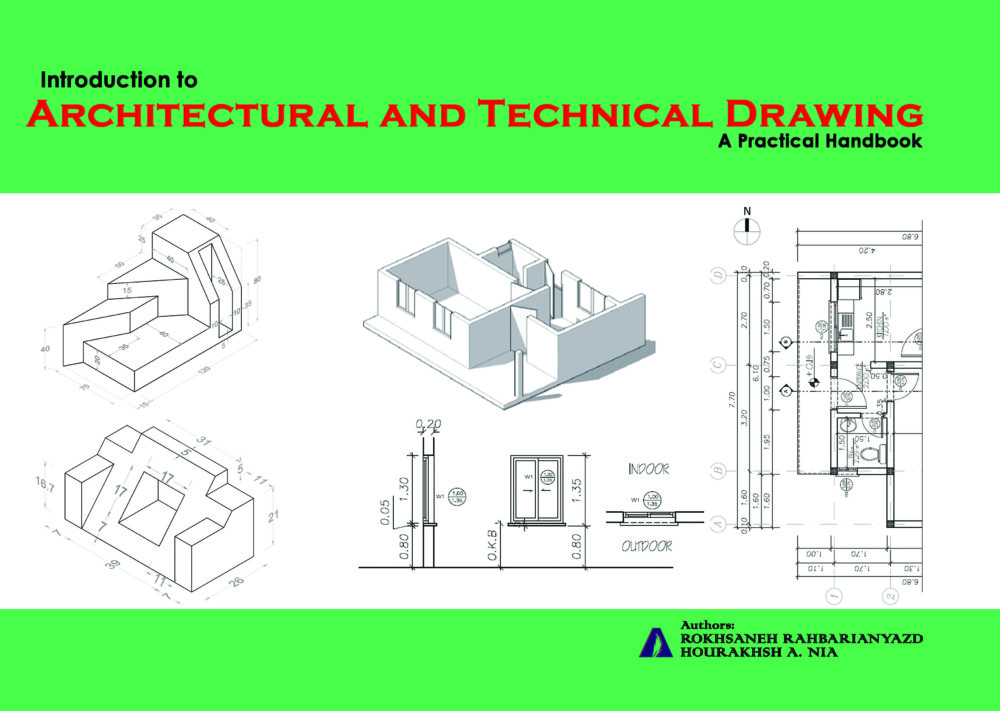

This book provided for the students of architecture, interior design and civil engineering with an essential information needed to illustrate the technical drawings of any object or building. Therefore, this book developed a practical handbook for the first year students to be familiar with the alphabetic of technical drawings. It will describe the range of graphic tools, techniques, and conventions that are required in technical and architectural drawing. The collected information is the author’s three years’ experience of teaching in this field. All the required information have been collected and edited in a way to have a comprehensive handbook to be applicable in one academic semester. In this regard, it might be a good textbook for the instructors who are mostly dealing with the first year students to teach them the alphabetic of technical drawing. The content of the book and its chapters classified and developed in which instructors will be able to apply the topics weekly during one academic semester. In each chapter, there are some classwork and homework for the students. Since, this book has been developed based on European Credits Transfer System (ECTS) for one academic semester, instructors may follow the proposed sequence of this book. In view of that, the objectives of this book are: To familiarize students with the basic architectural drawing techniques, equipment and applications To develop students’ ability in using drawing tools and techniques. To introduce the basic principles of drawing. To begin with the basic drawing exercises and continue with more complex studies. To understand different properties of three-dimensional objects and draw the orthographic projection. To introduce the concept of scale and dimension. To become familiar with the fundamentals of graphic representation with quality such as floor plans, sections, elevations and site plans; the concept of scale and dimensioning by considering line types and line weights. The one who successfully achieves the objectives of this book will be able to develop their knowledge and understanding on: 1. Using basic drawing equipment. 2. Producing basic technical and architectural drawings. 3. Illustrating three dimensional models and producing orthographic drawings. 4. Distinguishing among different scales of architectural drawings. 5. Communicating by architectural drawings such as plans, sections and elevations. Rokhsaneh Rahbarianyazd Hourakhsh A. Nia Alanya HEP University January 2019